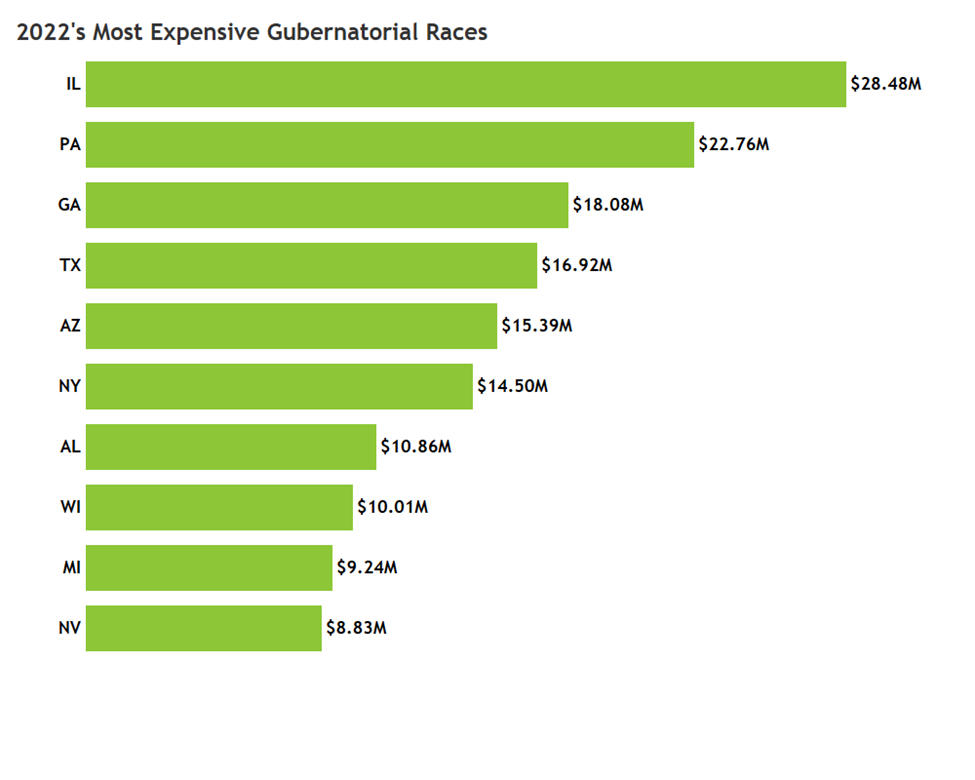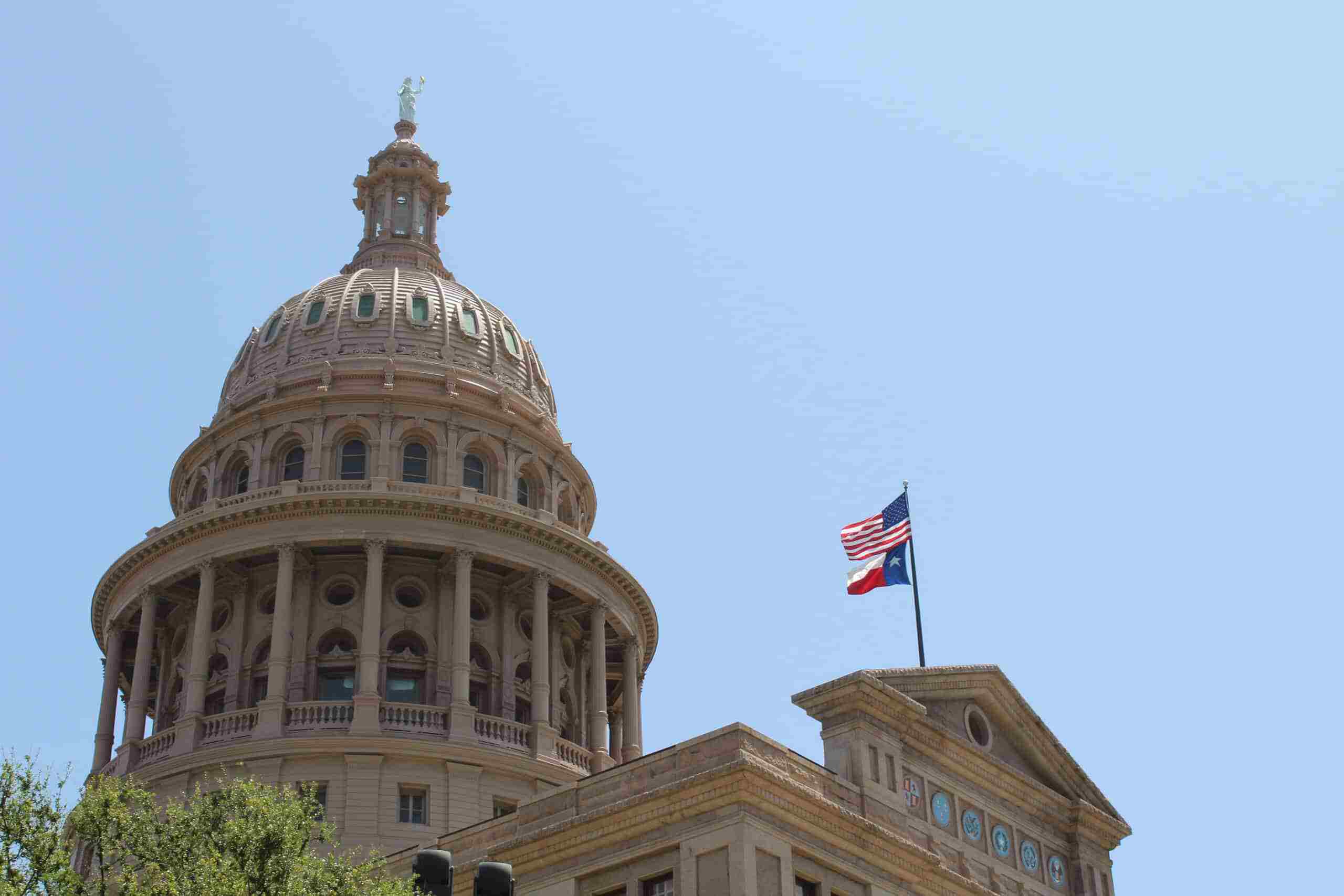Following the 2020 United State Census, the State of Texas used the new data to engage in GOP-led, congressional redistricting. Based on the population data Texas could add 2 new districts, bringing their statewide total from 36 districts in the 2020 election to 38 districts heading into the 2022 midterms. On October 25, 2021, Texas Governor Greg Abbott (R) signed the new congressional map into law, making Texas one of the earliest states to ratify its new map.
While adding two new districts, Texas’s new lines solidified Democratic seats in the Houston and Austin metro areas but made some current Democratic seats in the Rio Grande Valley more competitive. In the 2022 midterms, Texas will hold elections for 31 State Senate seats, 150 State House seats, 38 United States Congressional seats, the Attorney General, a Railroad Commissioner seat, and numerous local government positions. While various primary elections already took place on March 1st, an additional primary runoff election was required for a few races that had not been determined in March. These primaries feature the top two vote receiving candidates who failed to reach a threshold of 50% of the vote in the initial primary. Two notable elections to highlight for this runoff were the highly contested TX CD-28 Primary Runoff and the TX Attorney General.

TX CD-28 Democratic Primary Runoff Analytics
Across all runoff elections in Texas candidates spent over $19.7M across all media types, with Republicans spending $11.1M and Democrats spending $8.6M. The individual media type breakdown includes over 80 unique advertisers and $11.1M spent on broadcast, $3.8M on cable, $2.9M on digital, $1.4M on radio, and $395K on satellite.
Jessica Cisneros (D) led all Texas Democrats by spending $2.5M. Cisneros, a progressive Democrat, is attempting to unseat 9-term incumbent Rep. Henry Cuellar (D). Cisneros challenged Cuellar in 2020, but fell short. Her bilingual ads consistently focused on her platform of healthcare, jobs, and attacking Cuellar’s stance on abortion rights.
To combat Cisneros, Cuellar has only spent $1M, but carries with him House Speaker Nancy Pelosi (D-CA-12) and House Majority Whip James Clyburn’s (D-SC-6) endorsements. As the 9-term incumbent, Cuellar’s ad approach is different than Cisneros’s, focusing on the district’s success in monetarily supporting police officers, firefighters, and myriad public services and infrastructure. Cuellar’s attack ad against Cisneros highlights Cisneros’s desire to “open borders” and “defund the police.”
One common theme we have seen in this runoff is the high amount of outside spending supporting either Cuellar or Cisneros. We saw almost $3.1M in outside spending in this runoff race alone. Advertisers such as United Democracy Project and Mainstream Democrats support Cuellar while WomenVote! and Working Families Party support Cisneros. Of the outside group advertisers, over $900k has gone to support Cisneros while over $2.2M has been spent to support Cuellar. What becomes apparent is while Cisneros beats Cuellar with candidate spending as shown in the Pie Chart above, Cuellar has a big outside spending advantage.

TX Attorney General Republican Primary Runoff Analytics
So far we have witnessed a contentious Republican Primary in the race for TX Attorney General. TX Land Commissioner and nephew to former President George W. Bush George P. Bush is challenging incumbent Ken Paxton. In the Primary Paxton failed to reach the 50% threshold needed to avoid a runoff despite an endorsement from former President Trump. Paxton suffered from recent scandals which may have contributed to his inability to reach 50%. However Paxton has outspent Bush by nearly $600K. Bush’s ads have center on calling Paxton “unfit”, promising to “finish the wall” and touting an endorsement from various Texas Sheriffs.

As of Thursday June 3rd, results in the TX CD-28 2022 Primary Runoff, the race is still too close to call with Cuellar leading by just 177 votes. Cuellar did very well in the South Texas Border Counties while Cisneros dominated the San Antonio market. While these results may show an urban rural divide with Cisneros doing better in the big metro, how much of a role did candidate spending play? For Cuellar, we saw massive outside spending. United Democracy Project spent over $1.6 Million supporting Cuellar which was more than Cuellar’s own campaign, at a little over $1 Million. Mainstream Democrats, another Pro-Cuellar PAC spent $460k supporting Cuellar. While Cisneros had the most candidate spending at $2.4M, the PACs backing her did not spend as much as the Pro-Cuellar PACs. For example, Women Vote, the largest spending Pro-Cisneros PAC only spent $640k while Working Families Party, a prominent progressive leaning PAC only spent $59k. The disparity between Pro-Cisneros PACs and Pro-Cuellar PACS became very apparent.
In the race for TX Attorney General, incumbent Ken Paxton handily beat George P. Bush. Despite Bush’s name recognition, Paxton had a big spending advantage and incumbency that helped him defeat Bush. Paxton outspent Bush by $600K which may have played a factor in Bush’s defeat. Paxton aired his ads statewide including in smaller markets such a Beaumont, Odessa, Tyler, and Amarillo. Bush spent more in the larger metro areas such as Dallas, Houston and along the I-35 Corridor around San Antonio and Austin. Bush noticeably did not spend in the smaller markets where Paxton spent. We did not see any spending from outside groups in this Runoff.
Paxton moves onto the General Election in November where he will face Democrat Rochelle Garza. The winner of the TX CD-28 Democratic Primary Runoff will face Republican Cassy Garcia in November
We have already seen over $9M in pre-booked spending towards the Texas General Elections so far this year.









